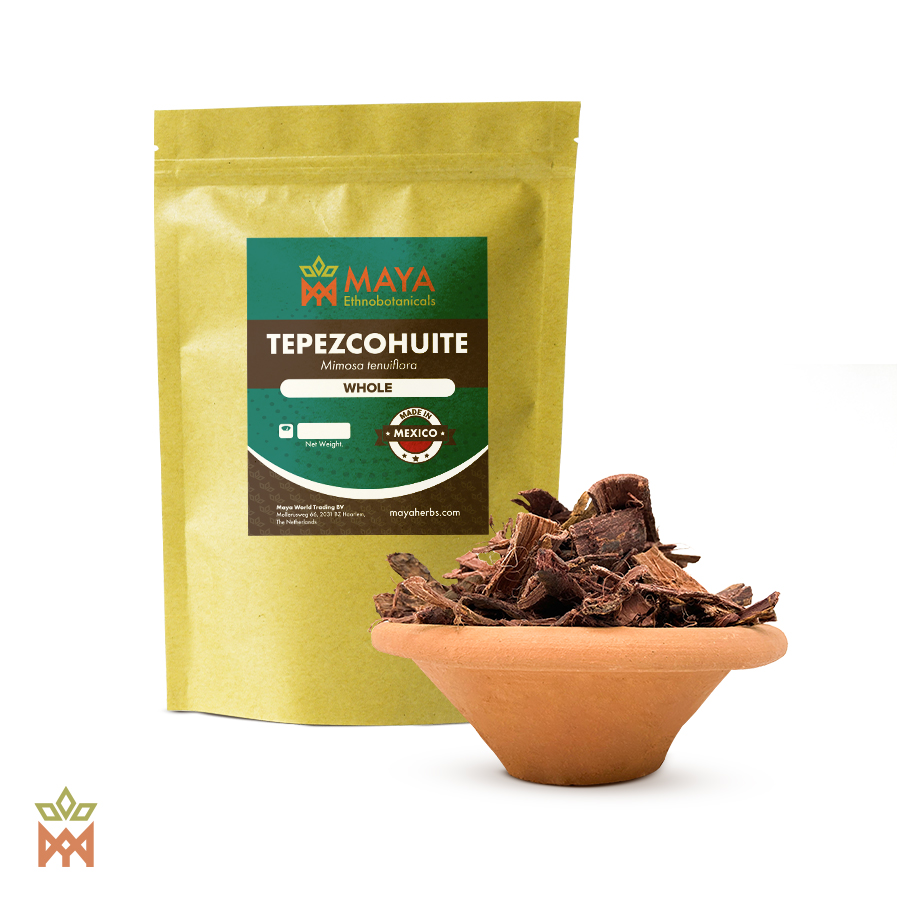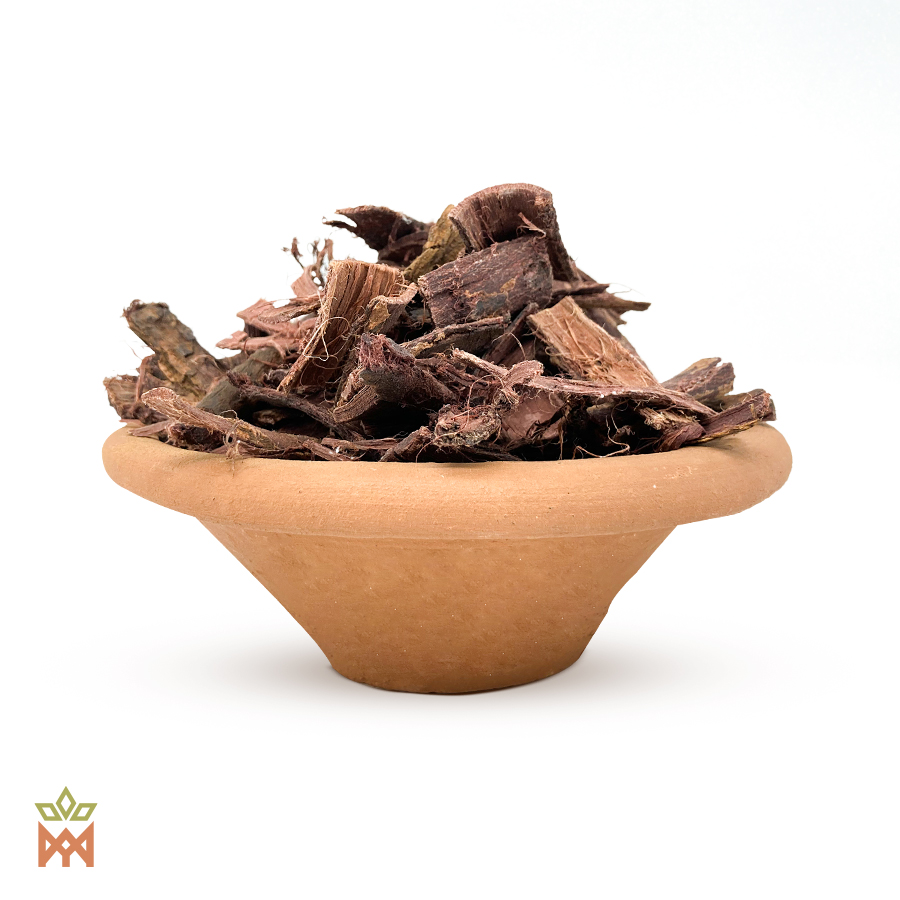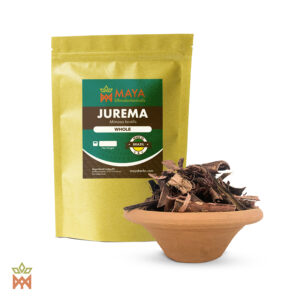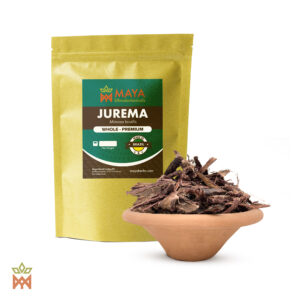Introducing Tepezcohuite: The Healing Tree of Mexico
Introduction to Tepezcohuite: Tepezcohuite, scientifically known as Mimosa tenuiflora, is a perennial tree native to the regions of southern Mexico and parts of Central and South America. Revered for its extensive medicinal properties, Tepezcohuite has been used for centuries by indigenous populations, particularly for its external applications in traditional medicine. This comprehensive overview delves into the botanical characteristics of Tepezcohuite, its traditional uses, and the ecological context of the regions where it thrives.
Botanical Information
Scientific Classification:
- Kingdom: Plantae
- Clade: Angiosperms
- Clade: Eudicots
- Order: Fabales
- Family: Fabaceae
- Genus: Mimosa
- Species: Mimosa tenuiflora
Morphological Characteristics:
Growth Habit: Tepezcohuite is a perennial, deciduous tree that can grow up to 8 meters (26 feet) in height. It thrives in the arid and semi-arid climates of southern Mexico, particularly in the states of Chiapas and Oaxaca. The tree is well adapted to poor, sandy soils and can often be found in rocky or disturbed areas.
Leaves: The leaves of Tepezcohuite are bipinnate, meaning they are composed of numerous small leaflets arranged on either side of a common axis. Each leaf can contain several pairs of pinnae, with each pinna hosting multiple leaflets. These leaflets are small, typically measuring between 5 to 15 mm in length, and exhibit a sensitive response to touch, folding up when disturbed.
Flowers: Tepezcohuite produces small, white to pale yellow flowers that are clustered into cylindrical inflorescences. Each flower spike measures between 4 to 8 cm in length and blooms prolifically during the rainy season. The flowers are highly fragrant and attract various pollinators, including bees and butterflies.
Fruit: The fruit of Tepezcohuite is a flat, brown pod that typically measures 4 to 10 cm in length. Each pod contains several seeds, which are dispersed when the pods split open. The seeds are oval, dark brown, and encased in a tough outer shell.
Bark: One of the most notable features of Tepezcohuite is its bark, which is rich in tannins, saponins, and other beneficial compounds. The bark is dark brown to gray and can be peeled away in thin layers. The inner bark, in particular, is highly valued for its medicinal properties.
Traditional Medicinal Uses
Wound Healing: Tepezcohuite bark has been traditionally used by indigenous communities in Mexico for its remarkable wound-healing properties. The bark is often ground into a fine powder and applied directly to wounds, burns, and skin infections. Its antimicrobial and anti-inflammatory properties help prevent infections and promote rapid healing.
Skin Care: Tepezcohuite is widely used in traditional skin care practices. It is believed to rejuvenate the skin, reduce inflammation, and improve the appearance of scars and blemishes. Indigenous healers often prepare salves and ointments using Tepezcohuite bark for treating various skin conditions, including acne, eczema, and psoriasis.
Pain Relief: The bark of Tepezcohuite is also used for its analgesic properties. It is applied topically to relieve pain from injuries, burns, and inflammatory conditions. The pain-relieving effect is attributed to the presence of tannins and other bioactive compounds in the bark.
Ecological Context
Geographical Distribution: Tepezcohuite is native to the tropical and subtropical regions of the Americas, with a significant presence in southern Mexico, particularly in the states of Chiapas and Oaxaca. It is also found in parts of Central and South America, including Brazil, Venezuela, and Colombia.
Climate and Soil Preferences: Mimosa tenuiflora thrives in arid and semi-arid climates, often growing in regions with well-defined wet and dry seasons. It prefers well-drained, sandy, or rocky soils and is commonly found in disturbed areas such as roadsides, riverbanks, and rocky outcrops. The tree is drought-resistant and can survive in poor soil conditions, making it an important species for reforestation and land restoration projects in arid regions.
Ecological Role: Tepezcohuite plays a crucial role in its native ecosystem. As a member of the Fabaceae family, it has the ability to fix nitrogen in the soil through symbiotic relationships with nitrogen-fixing bacteria in its root nodules. This enriches the soil, promoting the growth of other plants and enhancing overall soil fertility. Additionally, the tree’s extensive root system helps stabilize the soil, preventing erosion and desertification.
Cultural and Traditional Significance
Indigenous Knowledge: The use of Tepezcohuite dates back centuries among indigenous communities in Mexico. The tree is deeply embedded in traditional healing practices and cultural rituals. Knowledge of its medicinal properties has been passed down through generations, preserving the cultural heritage and traditional wisdom associated with this remarkable plant.
Modern Applications: In recent years, Mimosa tenuiflora has gained recognition beyond its traditional uses. Modern skincare and pharmaceutical industries have started to explore and incorporate Tepezcohuite extracts in various products, capitalizing on its well-documented benefits for skin health and wound healing.
Sustainable Harvesting and Conservation
Sustainable Practices: Sustainable harvesting of Tepezcohuite is essential to ensure its continued availability and ecological balance. This involves careful management of wild populations, selective harvesting, and cultivation. By following sustainable practices, the long-term viability of Jurema can be maintained, supporting both environmental conservation and the needs of local communities.
Conservation Efforts: Conservation efforts are critical to protect Mimosa tenuiflora and its natural habitat. These efforts include habitat preservation, reforestation projects, and the promotion of sustainable harvesting techniques. Protecting Tepezcohuite ensures that this valuable resource remains available for future generations, both for its ecological benefits and its traditional medicinal uses.
Conclusion
Tepezcohuite, or Mimosa tenuiflora, is a remarkable tree with a rich botanical profile and a wide array of traditional medicinal uses. Its ability to thrive in arid conditions, enrich soil, and provide significant health benefits underscores its importance in both ecological and cultural contexts. The traditional knowledge surrounding Tepezcohuite, particularly its use in wound healing and skin care, highlights the deep connection between indigenous communities and their natural environment. By promoting sustainable harvesting and conservation efforts, we can ensure that Tepezcohuite continues to be a valuable resource for both present and future generations.






Reviews
There are no reviews yet.